Capital One 2012 Annual Report Download - page 171
Download and view the complete annual report
Please find page 171 of the 2012 Capital One annual report below. You can navigate through the pages in the report by either clicking on the pages listed below, or by using the keyword search tool below to find specific information within the annual report.-
 1
1 -
 2
2 -
 3
3 -
 4
4 -
 5
5 -
 6
6 -
 7
7 -
 8
8 -
 9
9 -
 10
10 -
 11
11 -
 12
12 -
 13
13 -
 14
14 -
 15
15 -
 16
16 -
 17
17 -
 18
18 -
 19
19 -
 20
20 -
 21
21 -
 22
22 -
 23
23 -
 24
24 -
 25
25 -
 26
26 -
 27
27 -
 28
28 -
 29
29 -
 30
30 -
 31
31 -
 32
32 -
 33
33 -
 34
34 -
 35
35 -
 36
36 -
 37
37 -
 38
38 -
 39
39 -
 40
40 -
 41
41 -
 42
42 -
 43
43 -
 44
44 -
 45
45 -
 46
46 -
 47
47 -
 48
48 -
 49
49 -
 50
50 -
 51
51 -
 52
52 -
 53
53 -
 54
54 -
 55
55 -
 56
56 -
 57
57 -
 58
58 -
 59
59 -
 60
60 -
 61
61 -
 62
62 -
 63
63 -
 64
64 -
 65
65 -
 66
66 -
 67
67 -
 68
68 -
 69
69 -
 70
70 -
 71
71 -
 72
72 -
 73
73 -
 74
74 -
 75
75 -
 76
76 -
 77
77 -
 78
78 -
 79
79 -
 80
80 -
 81
81 -
 82
82 -
 83
83 -
 84
84 -
 85
85 -
 86
86 -
 87
87 -
 88
88 -
 89
89 -
 90
90 -
 91
91 -
 92
92 -
 93
93 -
 94
94 -
 95
95 -
 96
96 -
 97
97 -
 98
98 -
 99
99 -
 100
100 -
 101
101 -
 102
102 -
 103
103 -
 104
104 -
 105
105 -
 106
106 -
 107
107 -
 108
108 -
 109
109 -
 110
110 -
 111
111 -
 112
112 -
 113
113 -
 114
114 -
 115
115 -
 116
116 -
 117
117 -
 118
118 -
 119
119 -
 120
120 -
 121
121 -
 122
122 -
 123
123 -
 124
124 -
 125
125 -
 126
126 -
 127
127 -
 128
128 -
 129
129 -
 130
130 -
 131
131 -
 132
132 -
 133
133 -
 134
134 -
 135
135 -
 136
136 -
 137
137 -
 138
138 -
 139
139 -
 140
140 -
 141
141 -
 142
142 -
 143
143 -
 144
144 -
 145
145 -
 146
146 -
 147
147 -
 148
148 -
 149
149 -
 150
150 -
 151
151 -
 152
152 -
 153
153 -
 154
154 -
 155
155 -
 156
156 -
 157
157 -
 158
158 -
 159
159 -
 160
160 -
 161
161 -
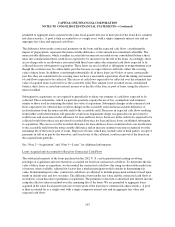 162
162 -
 163
163 -
 164
164 -
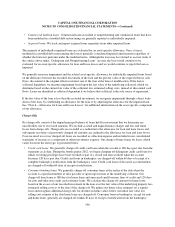 165
165 -
 166
166 -
 167
167 -
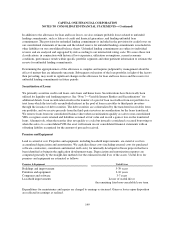 168
168 -
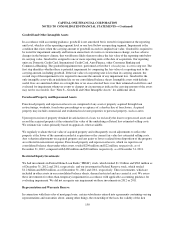 169
169 -
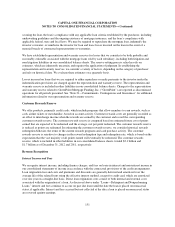 170
170 -
 171
171 -
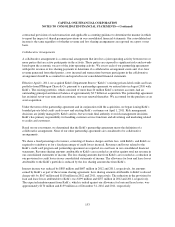 172
172 -
 173
173 -
 174
174 -
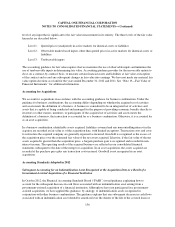 175
175 -
 176
176 -
 177
177 -
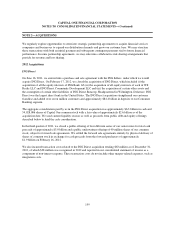 178
178 -
 179
179 -
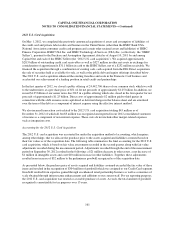 180
180 -
 181
181 -
 182
182 -
 183
183 -
 184
184 -
 185
185 -
 186
186 -
 187
187 -
 188
188 -
 189
189 -
 190
190 -
 191
191 -
 192
192 -
 193
193 -
 194
194 -
 195
195 -
 196
196 -
 197
197 -
 198
198 -
 199
199 -
 200
200 -
 201
201 -
 202
202 -
 203
203 -
 204
204 -
 205
205 -
 206
206 -
 207
207 -
 208
208 -
 209
209 -
 210
210 -
 211
211 -
 212
212 -
 213
213 -
 214
214 -
 215
215 -
 216
216 -
 217
217 -
 218
218 -
 219
219 -
 220
220 -
 221
221 -
 222
222 -
 223
223 -
 224
224 -
 225
225 -
 226
226 -
 227
227 -
 228
228 -
 229
229 -
 230
230 -
 231
231 -
 232
232 -
 233
233 -
 234
234 -
 235
235 -
 236
236 -
 237
237 -
 238
238 -
 239
239 -
 240
240 -
 241
241 -
 242
242 -
 243
243 -
 244
244 -
 245
245 -
 246
246 -
 247
247 -
 248
248 -
 249
249 -
 250
250 -
 251
251 -
 252
252 -
 253
253 -
 254
254 -
 255
255 -
 256
256 -
 257
257 -
 258
258 -
 259
259 -
 260
260 -
 261
261 -
 262
262 -
 263
263 -
 264
264 -
 265
265 -
 266
266 -
 267
267 -
 268
268 -
 269
269 -
 270
270 -
 271
271 -
 272
272 -
 273
273 -
 274
274 -
 275
275 -
 276
276 -
 277
277 -
 278
278 -
 279
279 -
 280
280 -
 281
281 -
 282
282 -
 283
283 -
 284
284 -
 285
285 -
 286
286 -
 287
287 -
 288
288 -
 289
289 -
 290
290 -
 291
291 -
 292
292 -
 293
293 -
 294
294 -
 295
295 -
 296
296 -
 297
297 -
 298
298 -
 299
299 -
 300
300 -
 301
301 -
 302
302 -
 303
303 -
 304
304 -
 305
305 -
 306
306 -
 307
307 -
 308
308 -
 309
309 -
 310
310 -
 311
311
 |
 |
CAPITAL ONE FINANCIAL CORPORATION
NOTES TO CONSOLIDATED FINANCIAL STATEMENTS—(Continued)
Finance charges and fees on credit card loans, except for annual membership fees, are included in loan
receivables when the amounts are billed to the customer. Annual membership fees are deferred and amortized
into income over one year on a straight-line basis. We continue to accrue finance charges and fees on credit card
loans until the account is charged-off. However, when we do not expect full payment of billed finance charges
and fees, we reduce the balance of our credit card loan receivables by the amount of finance charges billed but
not expected to be collected and exclude this amount from revenue. Our methodology for estimating the
uncollectible portion of billed finance charges and fees is consistent with the methodology we use to estimate the
allowance for incurred principal losses on our credit card loan receivables. Revenue was reduced by
$937 million, $371 million and $950 million in 2012, 2011 and 2010, respectively, for the estimated
uncollectible portion of billed finance charges and fees. The finance charge and fee reserve totaled $307 million
as of December 31, 2012, compared with $74 million as of December 31, 2011.
Interchange Income
Interchange income represents merchant fees for credit card transactions processed through the interchange
network due to the customer’s card-issuing bank, which is net of the fee retained by the merchant’s processing
bank. The levels and structure of interchange rates are set by MasterCard International Inc. (“MasterCard”) and
Visa U.S.A. Inc. (“Visa”) and are based on cardholder purchase volumes. We recognize interchange income as
earned at the time of purchase.
Same-as-Cash Promotions
As part of certain retail partnership agreements, we offer borrowers a same-as-cash (“SAC”) promotional period.
SAC programs generally require a minimum monthly payment during the promotional period. As part of a SAC
promotional program, a borrower has a period of time, typically ranging from six months to three years, to pay
the principal balance in full. If the borrower pays the principal balance in full before the expiration date of the
SAC promotional period, the borrower is not subject to any interest. If the borrower does not pay the principal
balance in full prior to the expiration date of the SAC promotional period, interest charges are applied retroactive
to the purchase date.
We accrue SAC interest income on a monthly basis throughout the term of the SAC period based on the amount
we expect to collect. Accordingly, we do not accrue interest income for borrowers who we expect will pay their
principal balance in full prior to the expiration of the SAC period or for borrowers who we expect will be unable
to pay the full amount.
Card Partnership Agreements
Our partnership agreements relate to alliances with retailers and other partners to provide lending and other
services to mutual customers. We primarily issue private-label and co-branded credit card loans to these
customers over the term of these arrangements, which typically range from two to ten years.
Certain partners assist in or perform marketing activities on our behalf and promote our products and services to
their customers. As compensation for providing these services, we often pay royalties, bounties, or other special
bonuses to these partners. Depending upon the nature of the payments, they are recorded as a reduction of
revenue, marketing expenses or other operating expenses.
If a partnership agreement provides for profit, revenue or loss sharing payments, we must determine whether to
report those payments on a gross or net basis in our consolidated financial statements. We evaluate the
152
